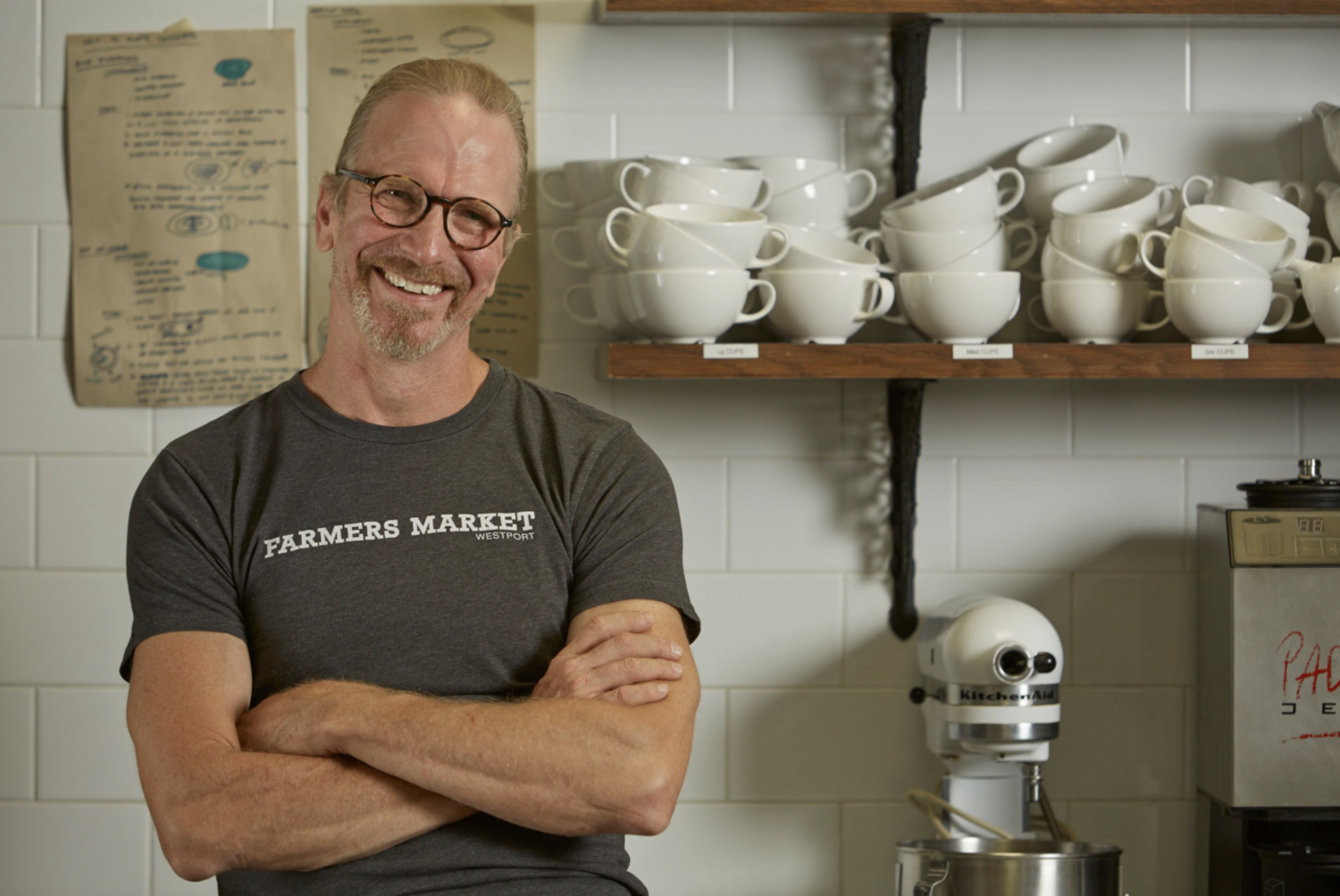The Sustainable Pantry
Most of today’s home cooks aren’t aware of the benefits of setting aside a block of time – perhaps 2 or 3 hours on a weekend afternoon – to cook ahead and make it easier to prepare quick meals for the coming week. Not only can this be enjoyable and relaxing, it also sets you up for quick, nutritious, and satisfying meal options all week long.
There are two other benefits to this kind of cooking as well, both of which I particularly champion. First and foremost, it is a good way to bring the family into the kitchen to work together. As a father of five, I know how rewarding this can be. Second, it saves money and valuable resources, something that appeals to every household in these uncertain times. Super-market checkout receipts grow when you buy a lot of packaged, pre-prepared foods; they get smaller as you buy food closer to the way nature intended.
I am not suggesting you prepare full-blown meals on Sunday afternoon and freeze them. Instead, I urge you to prepare foods that can serve as your own convenience food, the building blocks of quick, nutritious meal options. Cook legumes, grains, and vegetables in ways that make them easy to use throughout the week. Make generous quantities of stock every now and then to freeze for later use in soups, braises, and sauces. If the season is right and you’re intrigued, put up tomatoes or make jam from fruits and vegetables at peak ripeness for lasting deliciousness.
Believe me, when this kind of cooking becomes part of the family routine, everyone wins. Meals will be more healthful as you rely more on whole grains, roasted fresh vegetables, and legumes and less on convenience and processed foods. You and your kids will come to take pleasure in the time in the kitchen, chopping, measuring, and stirring – all easy and basic cooking chores that teach useful life skills. I’m not such an idealist that I think every child and every adult will love this idea, but it’s very much worth trying. You may be surprised. We are gung–ho about attending every soccer and softball game our kids participate in, and why not? It’s healthful and fun. I urge you to give equal time to cooking together to feed the family well. It will teach your kids some great basic life skills, do a small part to benefit the planet, and it’s healthful and fun!
As you become familiar with the recipes I share, you will notice that many are for true whole grains, which are crucial to great health. I am wildly thankful that we’ve left the misguided no-carb, low-carb era of the recent past. Countless studies indicate that complex carbohydrates are essential to sound biological function and good health. The trick is choosing the right carbohydrates. Very few “good carbs” are readily available in the supermarket, where you are more likely to find the highly processed carbohydrates that tend to add inches to waistlines and not much benefit to your nutritional health.
Ancient grains like farro were agricultural wonders that allowed humans to convert from wandering bands of animal-seeking nomads to civilized cultures that could build settlements and eventually towns and cities. Grains like farro, spelt, rice, and wheat, could be combined with legumes, or beans, to provide complete proteins, thus allowing civilizations to feed growing populations. Ancient grains and legume staples were the very first foods to provide growing cultures with the food security they needed in order to thrive.
Winter is coming, so in the coming weeks you will see a few recipes for hash – a great way to utilize left-over meats – and excellent examples of how to use leftovers to create totally new dishes that taste as good as, or better, than the originals.
As you wander through the grocery aisles, your farmers’ market, natural foods store, or any other food market, think about what you could prepare easily (roasted vegetables, simply cooked barley) to use later in the week. What do your kids like? What would you like them to develop a taste for? What are your favorites? As you prepare meals, think about how you could use the leftovers. Make the time to spend time in the kitchen. Let the kids witness the miracle of active dry yeast. Make some jam to keep in the refrigerator for a few weeks to eat with freshly baked bread. It takes some planning, but in the long run, your family will develop a true sense of ownership over what’s in the pantry and, more importantly, will be well-fed, healthy, and happy.
Photo Courtesy of Andre Baranowski. Baranowski is a NY based food photographer and was the principal photographer for Michel Nischan’s cookbook – Sustainably Delicious.

